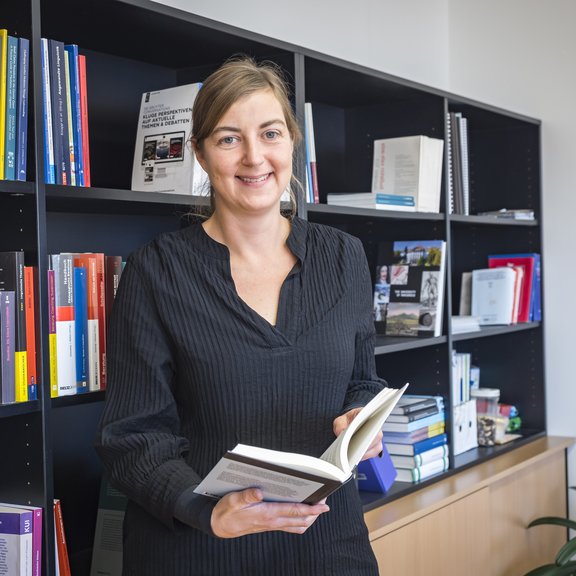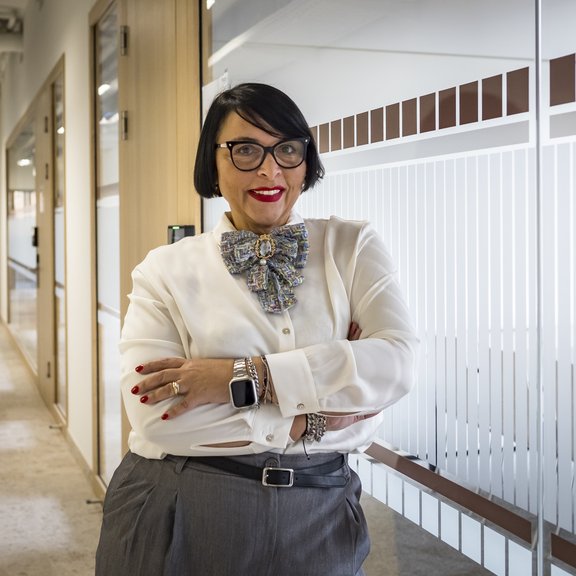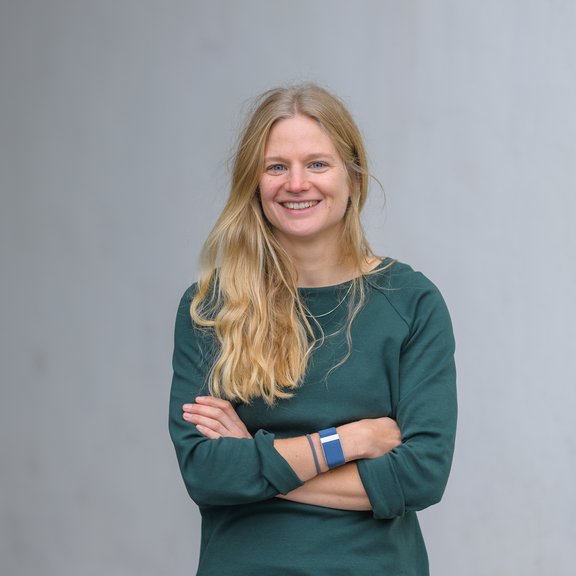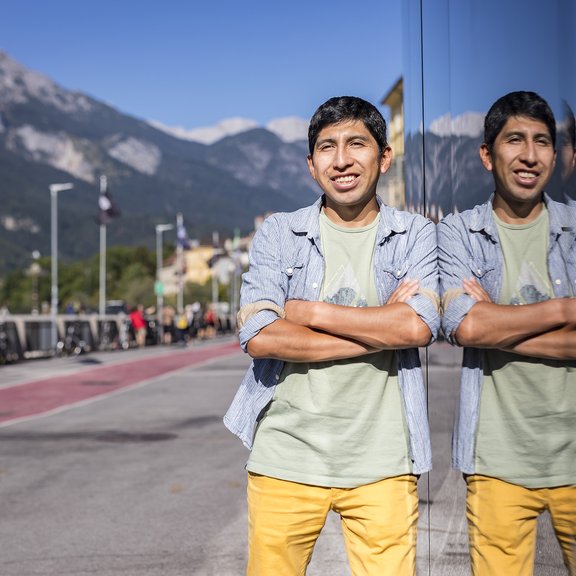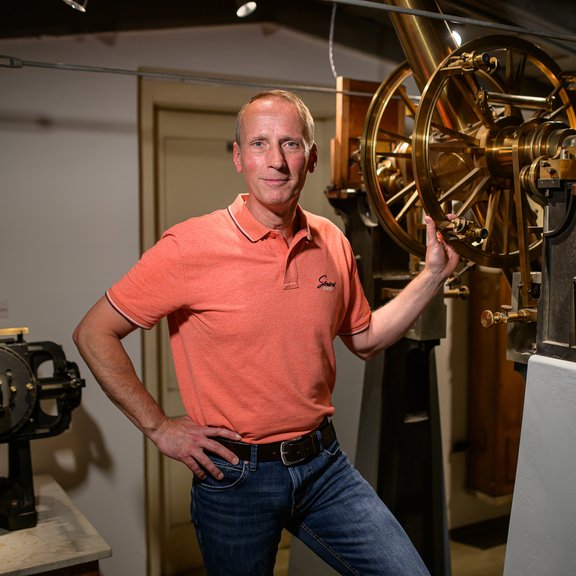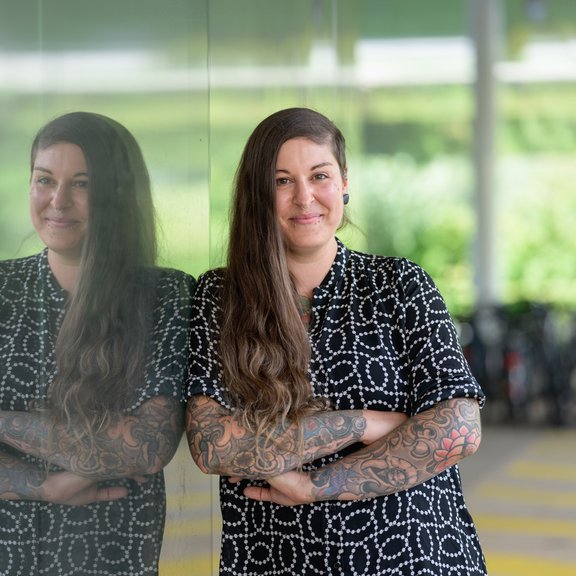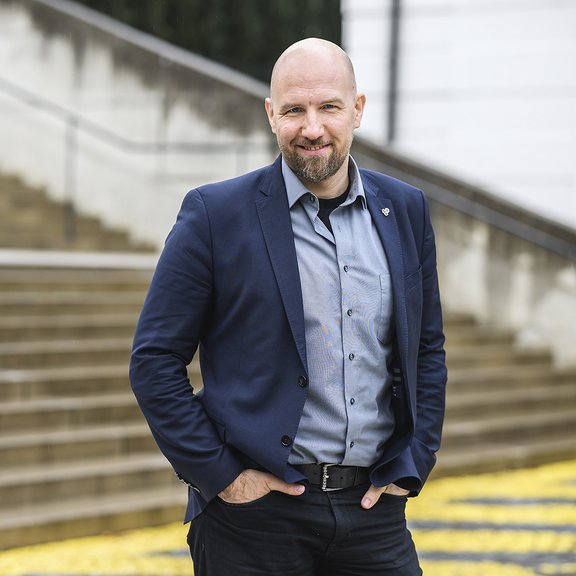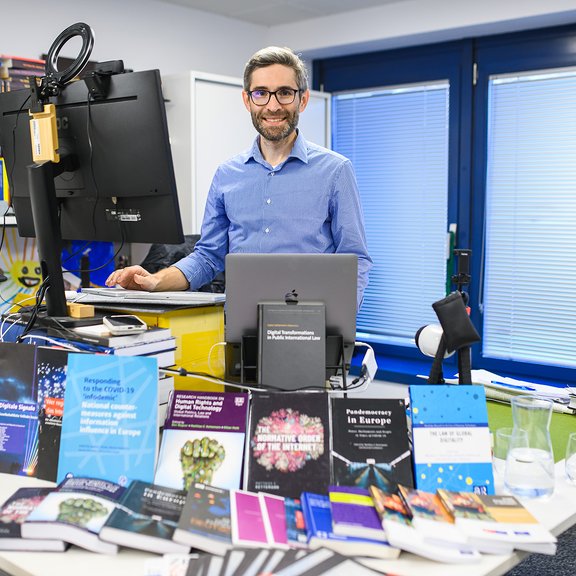Building bridges to the future ...
... since 1669! Founded over 350 years ago, the University of Innsbruck today is the most important research and educational institution in western Austria, offering a wide range of programmes across all disciplines. Located in the heart of the Alps, it offers 28,000 students and 5,500 employees the best conditions.
Study
Study programmes
The University of Innsbruck offers more than 160 degree programmes which can be supplemented with practical elective packages.
Counselling services
Various contact points are happy to help pupils, prospective students and students.
10 reasons to study at the University of Innsbruck
There are many good reasons to study at the University of Innsbruck. Innsbruck also has a lot to offer.
Suchergebnisse
Discover

Economics
Building Connections and Knowledge
The fourth Innsbruck-Munich Empirical Economics Workshop took place in late September, set at the scenic location of Maria Waldrast. Organized by Prof. Andreas Steinmayr (University of Innsbruck, Public Finance) and Prof. Joachim Winter (LMU Munich, Economics), this annual event provides junior researchers from both universities with a valuable platform to present their latest work and gain constructive insights from peers and senior colleagues alike.
Migration
Philippines in the focus of migration research
Over one million Filipinos leave their country every year to work. The high emigration figures not only concern the Philippine state, but also the economist Andreas Steinmayr. In July 2024, he resumed a long-standing collaboration with the Philippine Department of Immigration, providing researchers with valuable insights into migration dynamics.
Clinical Pharmacy
Member and Leader of the PCNE
In June 2024, Dr. Ivana Tadic was elected as president of the Pharmaceutical Care Network Europe (PCNE) board, and the Department of Clinical Pharmacy, under the leadership of Univ.-Prof. Dr. Anita Weidmann became the PCNE institutional member.

18 Oct.
Top Event
Dies Academicus
Every year at the Dies Academicus, personalities who have rendered valuable services to the University of Innsbruck are honoured. This year, the University of Innsbruck awards two honorary citizenships - to Tanja Eiselen and Margarethe Hochleitner - two honorary senatorships - to Wolfgang Fleischhacker and Christian Marte SJ - and two honorary doctorates - to Lawrence Edwards and Helmut Fend.
Research
Mountain Regions
We collect knowledge for the development of habitats and natural areas in mountains worldwide.
Biosciences
We drive forward biomolecular and biomedical developments.
Digital Science
We are driving digitalisation in research.
Materials and nanosciences
We utilise the synergies between physics, chemistry, earth sciences, pharmaceutics and civil engineering.
Cultures
We ask questions about cultural dynamics and transformations.
Physics
We explore the workings of nature - from elementary particles to galaxies.
Scientific Computing
We contribute to solving complex, data-intensive problems in all scientific fields.
Economy, Politics & Society
Together, we get to the bottom of the big questions facing society across disciplinary boundaries.
Gender Studies
We research, theorize and deconstruct gender and gender relations.
Shaping the future
Many people have found their calling in research, teaching or administration at the University of Innsbruck. Join us in shaping the future and work in an international, diverse and family-friendly working environment. As an employee of the University of Innsbruck, you will also benefit from numerous benefits, such as
Get to know your future colleagues
University
Information for
- Prospective students
- Students
- International Students
- Graduates
- Employees
- Job applicants
- Schools
- Press/Media
- Companies
Newsletter
Fresh knowledge from and about the University of Innsbruck in your mailbox every Friday: Subscribe to our newsletter #WissenAmFreitag (in German).




